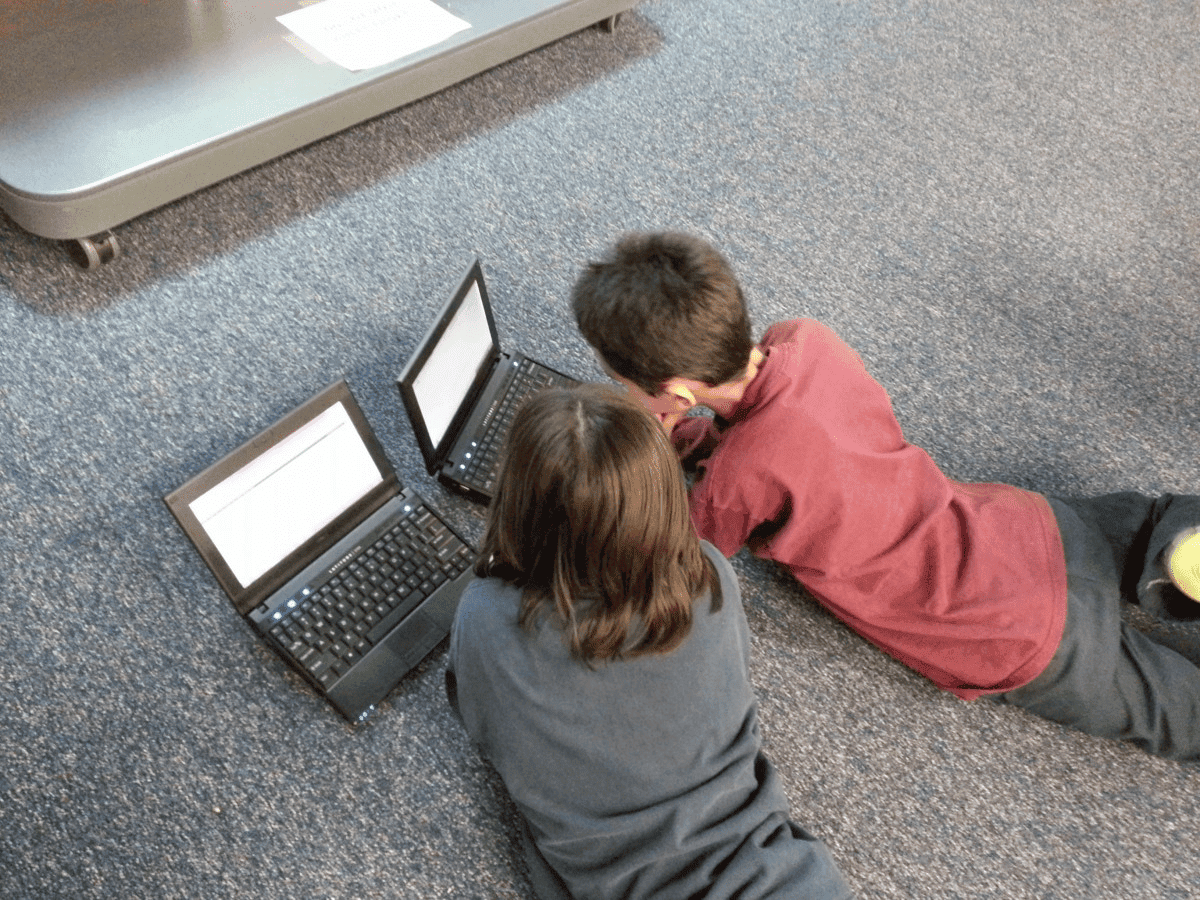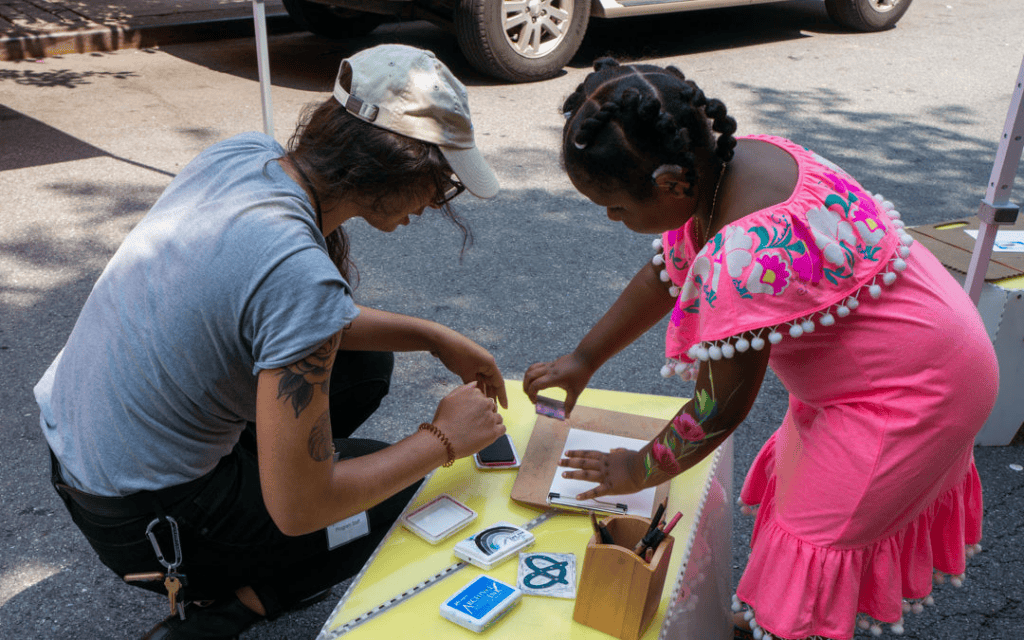12 Pros and Cons of Online Learning for Students

|
Getting your Trinity Audio player ready...
|
I wanted to write a piece on the pros and cons of online learning because I have had experience in both cyber/virtual and traditional settings over the past several years…enjoying both views.
I am a fan of online learning, due to the enormous opportunity for flexibility, which I believe all humans crave and need on some level
However, just like everything else, online learning has pros and cons worth sharing, so parents and students can make informed decisions about education.
Below I listed my top 12 pros and cons of online learning.
I encourage you to think of and share your own pros and cons as well. Please comment below.
12 Pros and Cons of Online Learning for Students
12 Pros of Online Learning
1. Students can work from the comfort of their own home (or any other location).
2. Students can complete independent assignments outside of school hours.
This allows for more flexibility.

3. Problems like bullying are reduced.
You May Like: Cyberbullying Intervention and Prevention Tips
4. Students can take more breaks when needed.
5. Students do not have to face outside distractions that are present in a school environment.
6. Students can learn with less fear/anxiety about others judging them.
Students who may feel embarrassed asking for help may be more comfortable coming forward.
7. Students may have more opportunities.
There be opportunities to take certain electives or areas of special interest classes…or even incorporate their interests into their courses.
For instance, a video game design course could assign a video for the student to watch, and ask the student to make their own basic game:
8. Students can communicate with teachers through different methods (e.g., text, audio, video).
Text: Hi Ms. Brady. I am confused about the math. Can we go over it together when you are available?
9. Students can mute their mics if they need to talk or make distracting sounds.
10. Students can take an asynchronous track (i.e., only independent assignments/no need for live class).
This can be great for some students with special learning differences such as those who may struggle with listening comprehension and do better with visual/hands-on tasks.
Some schools may require an evaluation of the student to determine if an asynchronous track is needed.
11. Student assignments can be modified to include hands-on projects at home.
(e.g., look up how to sew a tear in your shirt, then sew the tear and submit a picture; go on a nature walk and find things that begin with the letter A, take pictures and submit; etc.).
Recommended: Hands-On Learning Materials for Reading
12. Supportive school staff members (e.g., teacher, para, aid, counselor, etc.) can meet with students virtually.
Staff can meet in a small group or one on one to go over any challenges the student may be having.
12 Cons of Online Learning
1. Depending on the age of the student, a parent needs to be home at all times (or other supervising adult).
Some families cannot afford this.
2. Some students need to be shown exactly how to do something via demonstration.
This may be challenging through a screen in some cases.
This can be particularly challenging for students with more severe learning needs who benefit from hand-over-hand support, direct modeling of a task, etc.).

3. Too much screen light can be a hazard (blue light can have a negative impact on sleep and focus). 
You may be Interested In: What is blue light? The effect blue light has on your sleep and more.
4. Some students need a lot of support which requires a person being physically present.
This support can be for behavioral, emotional, physical or academic reasons.
Some parents may not know how or may be overwhelmed about having to provide a constant stream of support to their child throughout the educational day.
This can be especially challenging when there are multiple children in the home or the parent has to work.
Even someone hired to work with the student may not know the strategies to support a child with special learning, behavioral needs, etc.
That is why it is so important to be sure people working with students are highly trained in academic and behavioral strategies that support a student’s growth (both online and in a traditional learning environment).
Some students participate in online learning in a daycare environment, in which the staff may not have the training or the resources to assist with certain challenges.
5. Some students love the social interaction that comes with traditional schooling.
It is important to find social outlets for online students (there are social alternatives to the traditional school environment such as sports teams, or art/music/dance classes).

6. As humans, most of us are used to in-person interaction.
In the past, it has allowed us to form deep connections, build a sense of comradery, form a family-type feel, etc.
Building a strong sense of community can add to a students’ desire to learn and grow as a person.
It is difficult to know how an online learning community would promote these types of connections, opportunities, and desires. #somethingtothinkabout
7. Many students are in need of a hands-on/interactive approach to learning.
One problem is that not all students have access to the same materials.
We need to brainstorm about what materials will provide the best hands-on experience and how hands-on activities can be implemented on and off-screen.
We need to think about which materials students may already have and what we may need to provide.

8. Some students do not have access to computers/wifi, etc.
We need to discuss how to support these students (especially if there is no alternative to online learning for them at the present time).

9. Some students have significant difficulty sitting or staying in one place for long periods.
These challenges can be due to physical, medical, cognitive (brain-based) or emotional reasons and must be taken into consideration when planning an online education for a student.
The student needs to understand what options and alternatives are allowed. Can they take breaks, move as needed, etc.?
10. Students without proper supervision or those who are not self-motivated can easily get off-task at home.
Many students start engaging in activities like watching youtube videos, playing video games, and texting friends when they are supposed to be completing school work.
As a solution, we can offer breaks – or maybe we can incorporate some of the activities that get them off-task into their school tasks.
For instance:
-text a friend or family member a question to get to know them better
-watch a video on a preferred topic and make your own video explaining what it was about (you may use props)
-make a video and corresponding three-paragraph (pretend) blog post about your favorite video game (give a 5 minute demonstration of the game in your video)
-play a math game in Minecraft Lab
11. Students may not have a quiet space to work.
Many students need a quiet environment in order to concentrate, stay on task, etc.
12. Some children may be in abusive homes.
This may be missed if they are only observed in an online environment. Students may feel they have no way out of an unsafe environment.
For some students, school is the safest place they have to go.
It’s very important to be aware of the warning signs of child abuse such as those described in the video below :
Can you share what you think the pros and cons of online learning are?
This is a topic that can be discussed at great length with many educators, parents, and others who play an important role in a child’s life!
I would love to hear from you!








